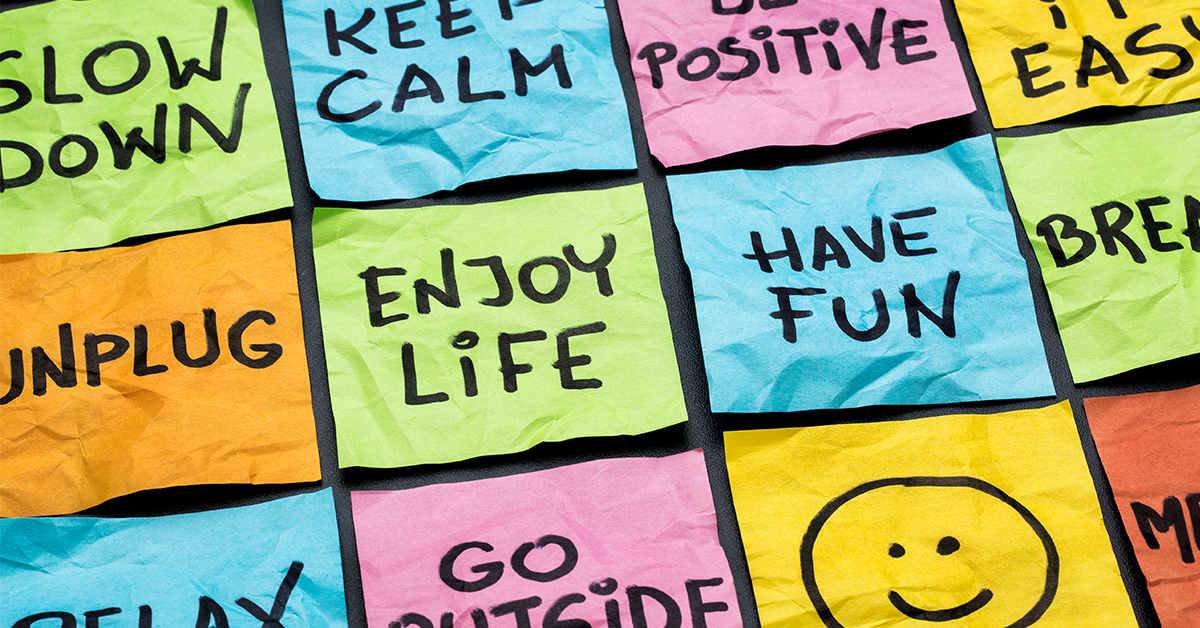
01 Dec How to Protect Your Behavioral Health Team from Burnout
Many mental healthcare workers start their careers with a clear sense of purpose in their work. There is a level of intrinsic value that comes with working in a profession that is focused on meeting the needs of others. Unfortunately, it can be easy for mental healthcare professionals to neglect their own needs in the process of helping others. This neglect often leads to burnout, which typically includes exhaustion, distancing from work-related activities, and reduced performance at work.
One study found between 21-67%of mental health workers may experience severe burnout in their jobs. Staff experiencing burnout can feel overextended, cynical toward work, and experience a reduced sense of personal accomplishment. The only way for you and your team to provide top-notch care for clients is for you to make your own mental health a priority. Managing stress and streamlining the variables that you have control over will provide you with more bandwidth to handle the inevitable crises that are an everyday part of the mental healthcare provider’s world.
Control the Controllable Elements of Mental Healthcare
Because each client comes with a diverse set of needs, behavioral healthcare providers are forced to adapt to different challenges every day. It’s one of the reasons why it takes such dedication to work in this field. Not knowing what you are going to face at work can be stressful and overwhelming. There are, however, several elements of providing quality care that are predictable and controllable.
The first thing you and your team need to do to protect against burnout is to make the mental health of your care providers a top priority. Strategies for doing this include opening up the discussion about burnout so everyone feels comfortable bringing it up, making time off a priority so care providers have a chance to rest and step away from constantly caring for others, and developing systems at work that streamline patient care as much as possible. These steps can help minimize stress, save time, and reduce burnout for you and your team.
If you and your team have a full load of clients and work day in and day out, it can be difficult to slow down enough to determine if there are controllable elements within your practice that can be streamlined. You know that each client will need a treatment plan, assessments and/or questionnaires that are part of the normal intake process. These elements of client care are an important part of providing each client with the appropriate services. If you and your team do not have a good system set up for writing treatment plans and administering and scoring assessments, the entire process can be a drain on time, motivation, and become an added stressor.
Fortunately, you can get better control over how these elements of client care impact the stress and burnout levels of you and your team. You can use an Electronic Health Record (EHR) to integrate and streamline clinical outcome measures to systematize the paperwork that you have to do for each client, with everything you need in one place. You can further streamline processes with an EHR by using it for other important elements of your practice such as revenue cycle management. You can outsource elements that are necessary but time-consuming – such as checking eligibility statuses, working A/R or working rejections and denials – and focus more of your time on caring for your clients, your team, and yourself.
Reducing the time that you spend on “paperwork” and other factors that do not involve direct patient interaction can free up more time for self-care. The threat of burnout is serious enough that you need to do everything possible to minimize stress and frustration in areas where it is avoidable.
Adjust to the Changing Landscape of Behavioral Healthcare
Over the last several years, technology has brought about significant changes in the world of behavioral healthcare. It impacts the way that clinicians can chart, give assessments, connect with clients, and deal with complex insurance requirements that are necessary to get paid. If you feel like the landscape of behavioral health is changing too fast for you and your team to keep up, it can lead to stress and burnout. You need a good system in place so you can integrate elements into your practice that will allow you to provide a better experience for your clients and minimize burnout of your team. Working from multiple platforms and piecemealed systems may be causing you extra work and extra stress. An integrated EHR that combines the clinical, financial, and patient engagement platforms in one place can help reduce workplace stressors dramatically.
Individual and group teletherapy are now options for many types of patients and clinicians who depend on remote care. If you were not already offering teletherapy options, the recent pandemic likely brought the topic to the forefront. Teletherapy provides greater access to therapy and can reduce the burden for both clients and clinicians. EHR software allows you to integrate all of the technology you need to run your practice into one platform, letting you streamline your workflows and improve patient care.
There is no denying that anyone who works in the field of behavioral health is working for reasons much deeper than financial gain. The ‘why’ behind working diligently to provide compassionate and quality mental health care helps many clinicians continue to push forward. However, burnout is a real problem that can occur if you do not make it a top priority to manage stressors and engage in self-care.



Sorry, the comment form is closed at this time.